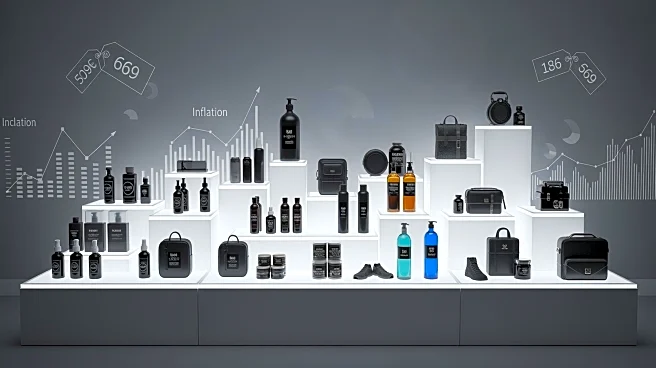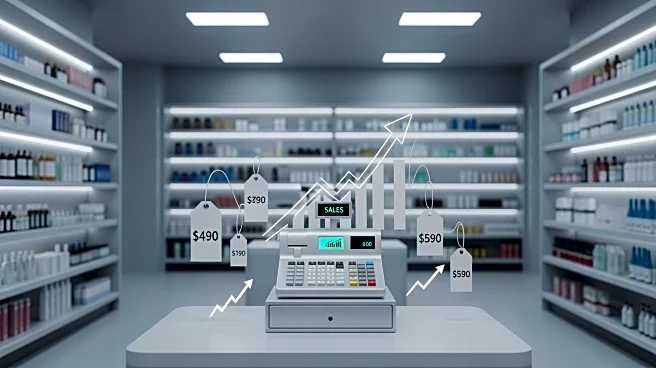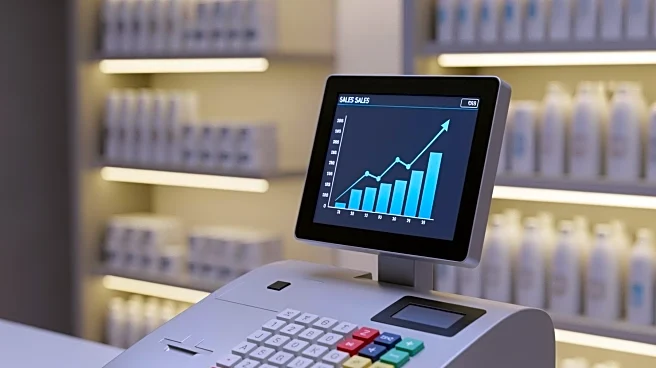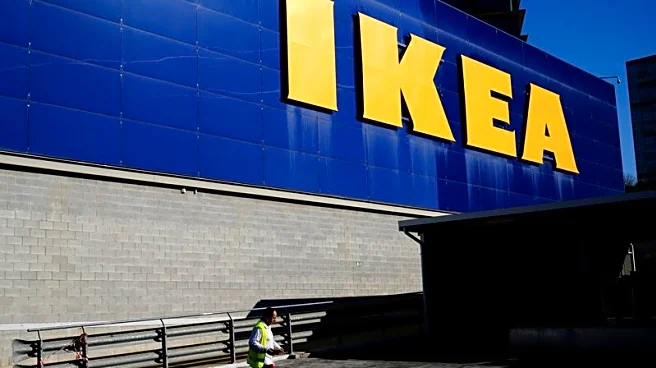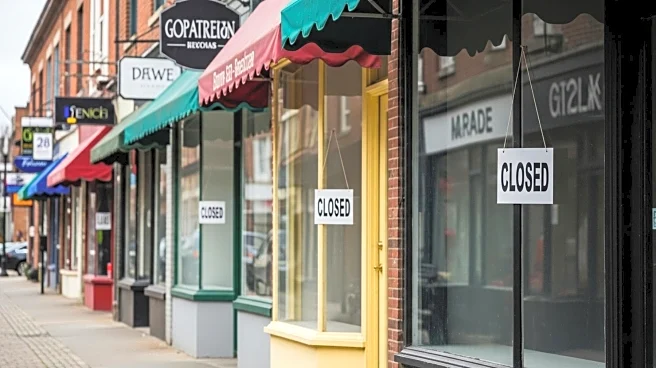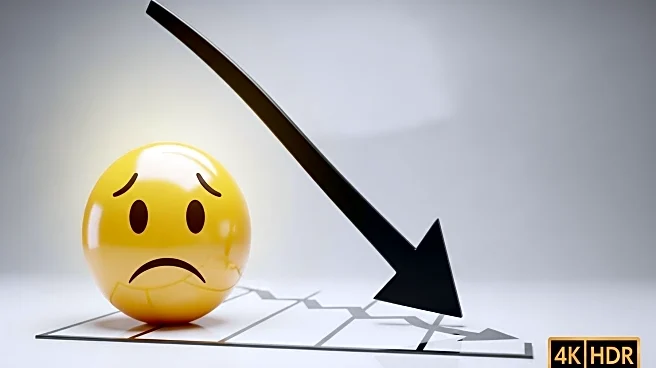What's Happening?
Recent reports indicate that U.S. retail sales experienced growth in September, although inflation appears to be influencing this increase. According to Circana, retail sales revenue remained flat year-over-year for the five weeks ending October 4, while
unit demand fell by 2%. This suggests that consumers are purchasing fewer items despite spending the same amount, a phenomenon referred to as 'Invisible Inflation.' The National Retail Federation reported a 5.7% year-over-year increase in core retail sales, excluding restaurants, autos, and fuel. Categories such as sporting goods, clothing, and electronics saw significant growth, while furniture sales were relatively stagnant. The disparity in spending patterns is also evident, with lower-income households experiencing softer wage gains compared to middle- and higher-income households.
Why It's Important?
The current retail sales data highlights the impact of inflation on consumer behavior, where rising prices are leading to reduced purchasing power. This situation poses challenges for retailers and policymakers as they navigate the economic landscape. The concept of 'Invisible Inflation' underscores the difficulty consumers face in maintaining their standard of living. The wealth gap is further exacerbated, with lower-income households struggling more than their higher-income counterparts. This dynamic could influence future economic policies and retail strategies, as stakeholders aim to address these disparities and support consumer spending.
What's Next?
As the holiday season approaches, retailers may need to adjust their strategies to accommodate changing consumer behaviors influenced by inflation. Policymakers might consider measures to alleviate the impact of inflation on lower-income households, potentially through wage adjustments or targeted economic policies. The release of the U.S. Commerce Department's retail sales report, once available, will provide further insights into the economic situation and guide future decisions.
